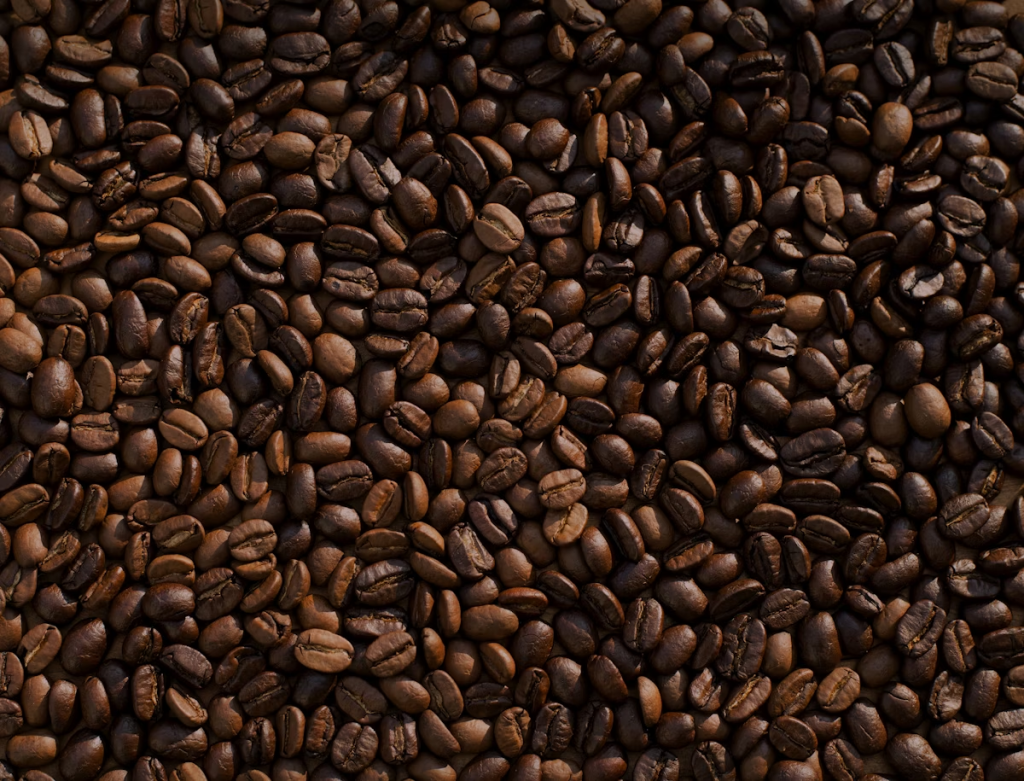The Art of Coffee Roasting: A Complete Guide

Coffee roasting is both an art and a science that transforms green coffee beans into the aromatic, flavorful beans we know and love. Understanding the roasting process can help you appreciate your daily cup even more and make better choices when selecting coffee.
The Science Behind Roasting
During roasting, coffee beans undergo complex chemical reactions called the Maillard reaction and caramelization. These processes create the hundreds of compounds that give coffee its distinctive flavor and aroma. The temperature, timing, and airflow all play crucial roles in determining the final taste profile.
Roast Levels Explained
Coffee roasts are typically categorized into four main levels:
Light Roast
Light roasts preserve the bean’s original characteristics and tend to be more acidic with bright, fruity notes. The beans have a light brown color and no visible oil on the surface. Popular light roasts include Cinnamon and New England roasts.
Medium Roast
Medium roasts offer a balance between acidity and body, with a sweeter taste than light roasts. The beans are medium brown with little to no oil visible. American and City roasts fall into this category.
Medium-Dark Roast
These roasts have a rich, dark color with some oil visible on the bean surface. The flavor is less acidic than lighter roasts with a slight bittersweet aftertaste. Full City and Light French roasts are examples.
Dark Roast
Dark roasts produce shiny black beans with an oily surface and a pronounced bitterness. The original bean characteristics are largely overwhelmed by the roasting process. French, Italian, and Espresso roasts are typical dark roasts.
The Roasting Process
Professional coffee roasting involves several key stages:
1. Drying Phase
The beans are heated to evaporate moisture, typically reaching temperatures of 300-400°F. This phase lasts about 4-8 minutes and turns the beans yellow.
2. First Crack
At around 385-400°F, you’ll hear the first crack – a popping sound as the bean structure breaks down. This marks the beginning of light roast territory.
3. Development Phase
After first crack, flavors develop rapidly. The roaster must carefully control temperature and timing to achieve the desired flavor profile.
4. Second Crack (Optional)
At higher temperatures (435-450°F), a second crack occurs, indicating the start of dark roast levels. The oils begin to migrate to the surface.
Factors Affecting Roast Quality
Bean Origin and Processing
Different coffee origins have unique characteristics that respond differently to roasting. Processing methods (washed, natural, honey) also influence how beans should be roasted.
Roaster Type
Drum roasters, air roasters, and fluid bed roasters each impart different characteristics to the final product. Professional roasters choose equipment based on their desired flavor profiles.
Environmental Conditions
Humidity, air pressure, and ambient temperature can all affect roasting outcomes. Experienced roasters adjust their parameters based on daily conditions.
Home Roasting Tips
If you’re interested in trying home roasting, here are some beginner tips:
- Start with a small home roaster or even a hot air popcorn popper
- Keep detailed notes of time, temperature, and results
- Buy small quantities of green beans to experiment with
- Practice with inexpensive beans before trying premium origins
- Always roast in a well-ventilated area
Storing Freshly Roasted Coffee
Proper storage is crucial for maintaining the quality of roasted coffee:
- Allow beans to degas for 12-24 hours after roasting
- Store in airtight containers away from light and heat
- Use within 2-4 weeks for optimal freshness
- Consider freezing beans if storing for longer periods
Conclusion
Coffee roasting is a fascinating process that significantly impacts the final cup quality. Whether you’re a coffee enthusiast looking to understand your favorite beverage better or considering trying home roasting, understanding these fundamentals will enhance your appreciation for this ancient craft.
At Roast & Steep, we take pride in our careful roasting process, ensuring each bean reaches its full potential. Our master roasters use their expertise to bring out the unique characteristics of every origin, creating the perfect balance of flavor, aroma, and body in every bag.
